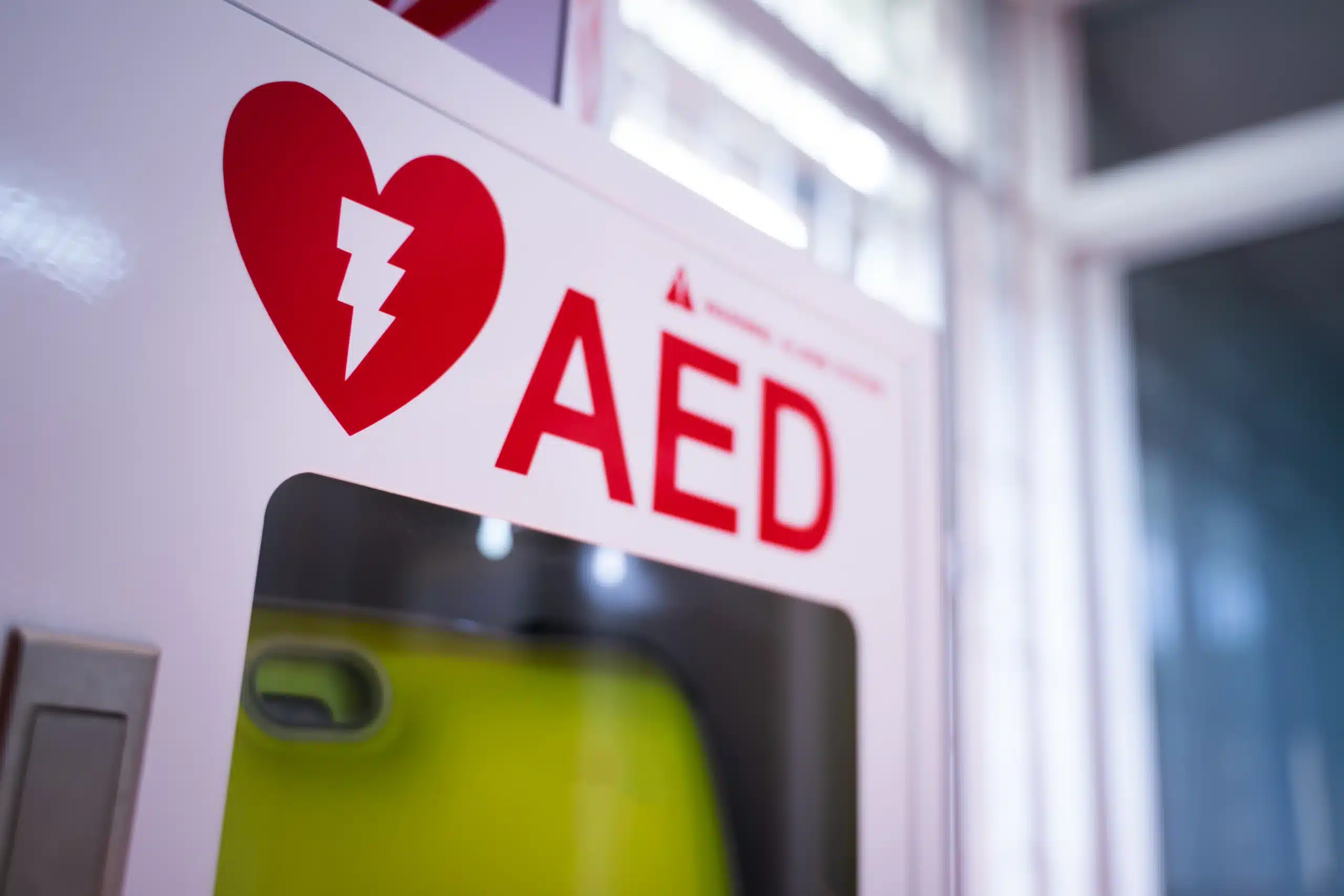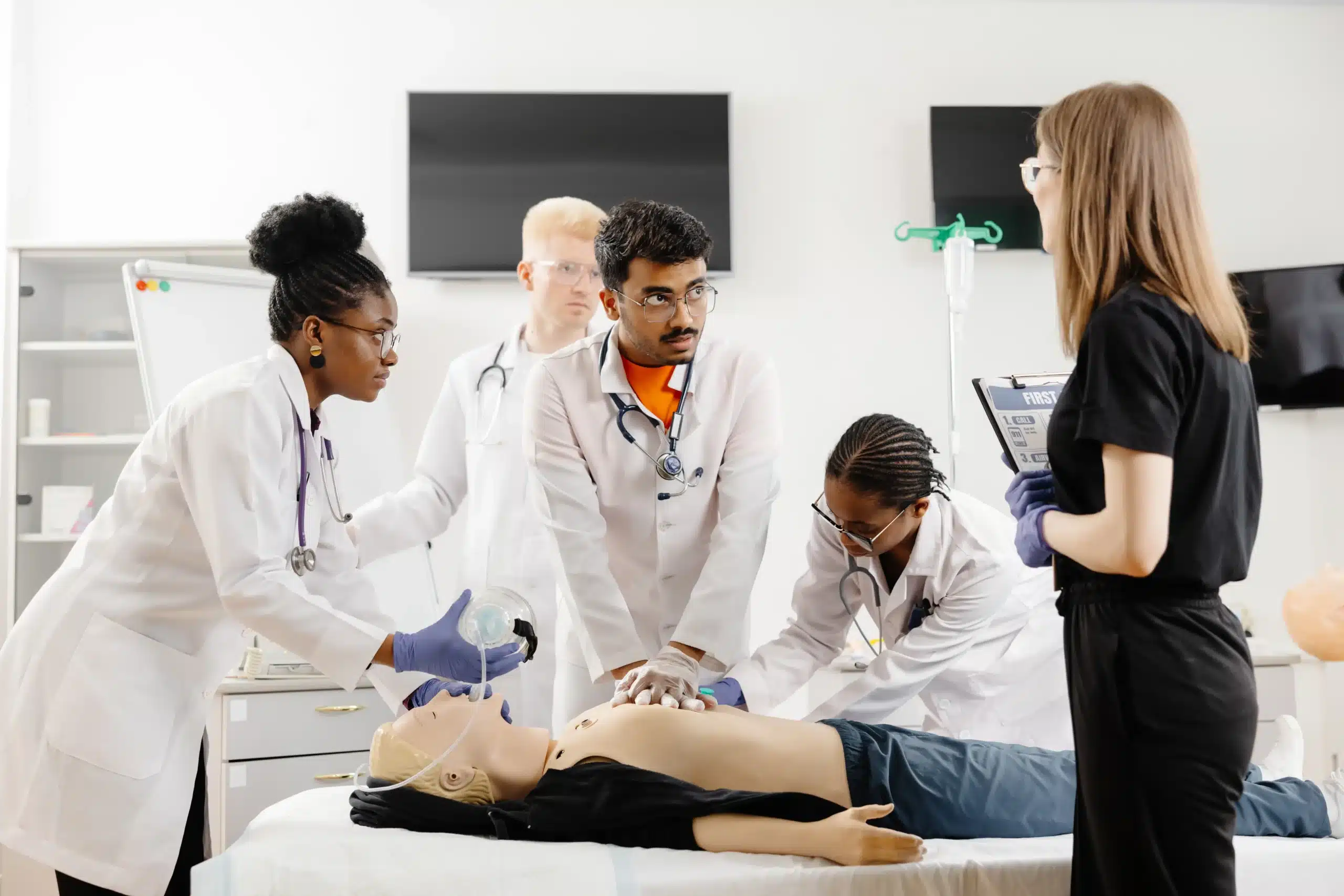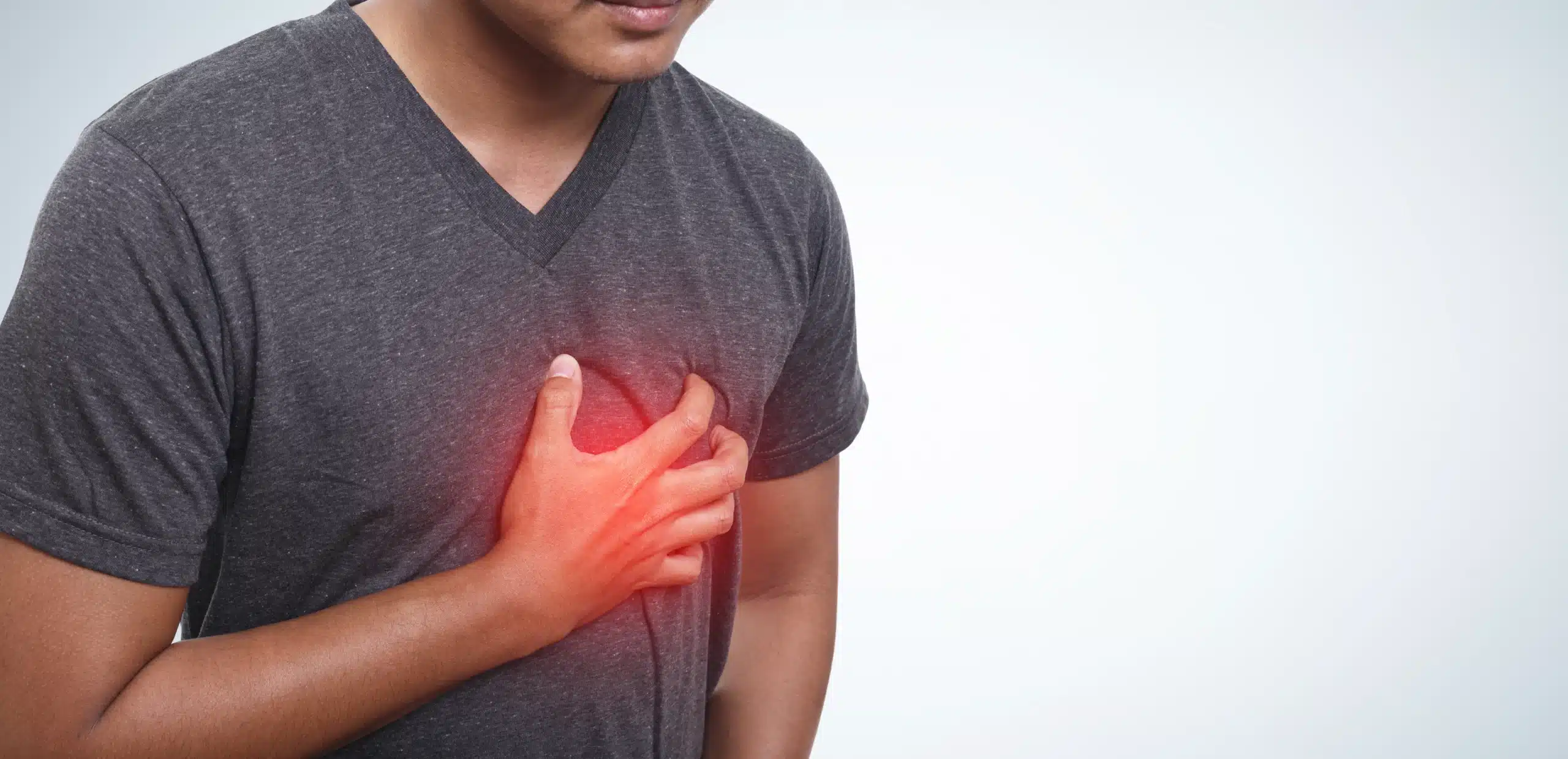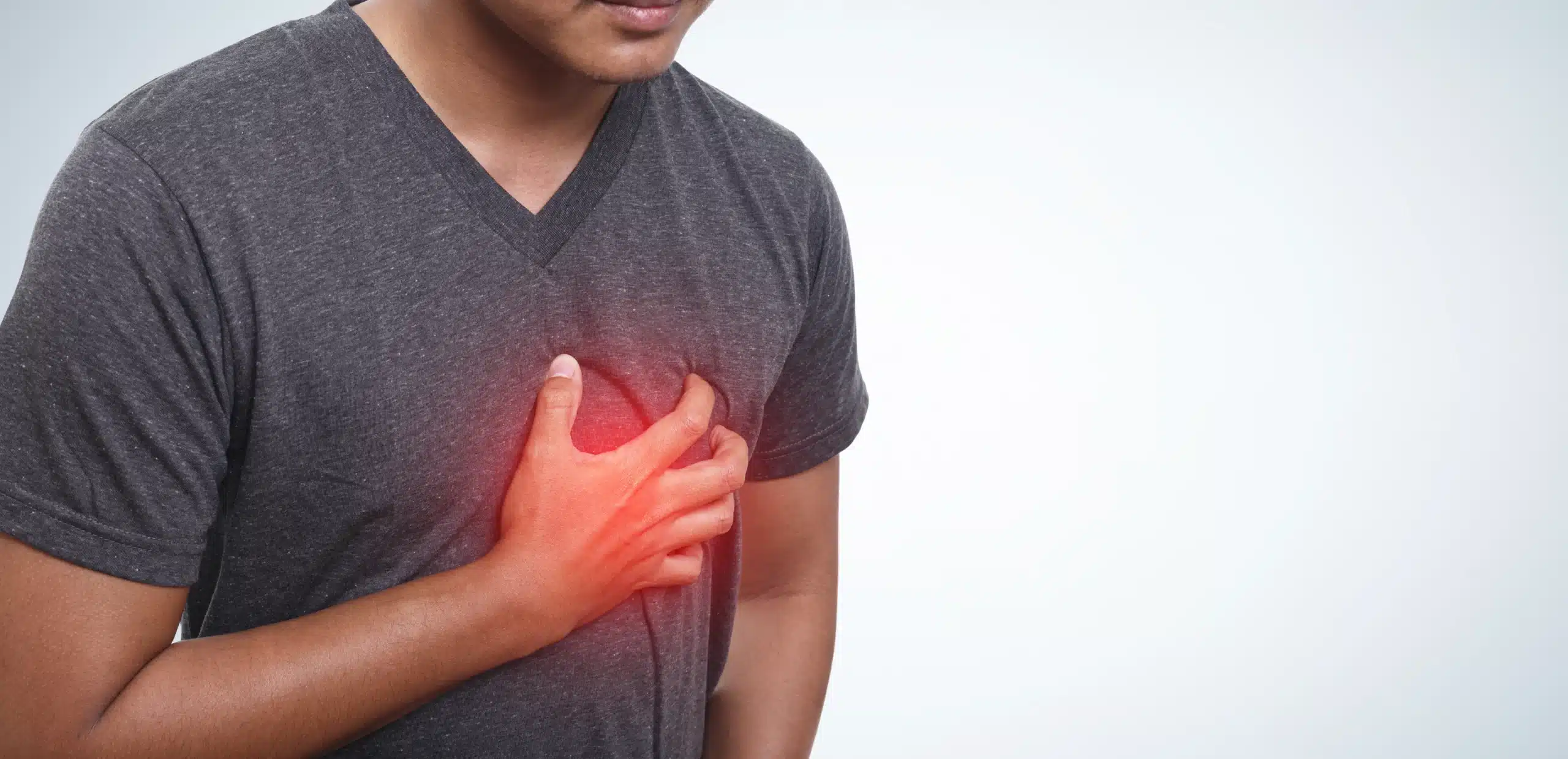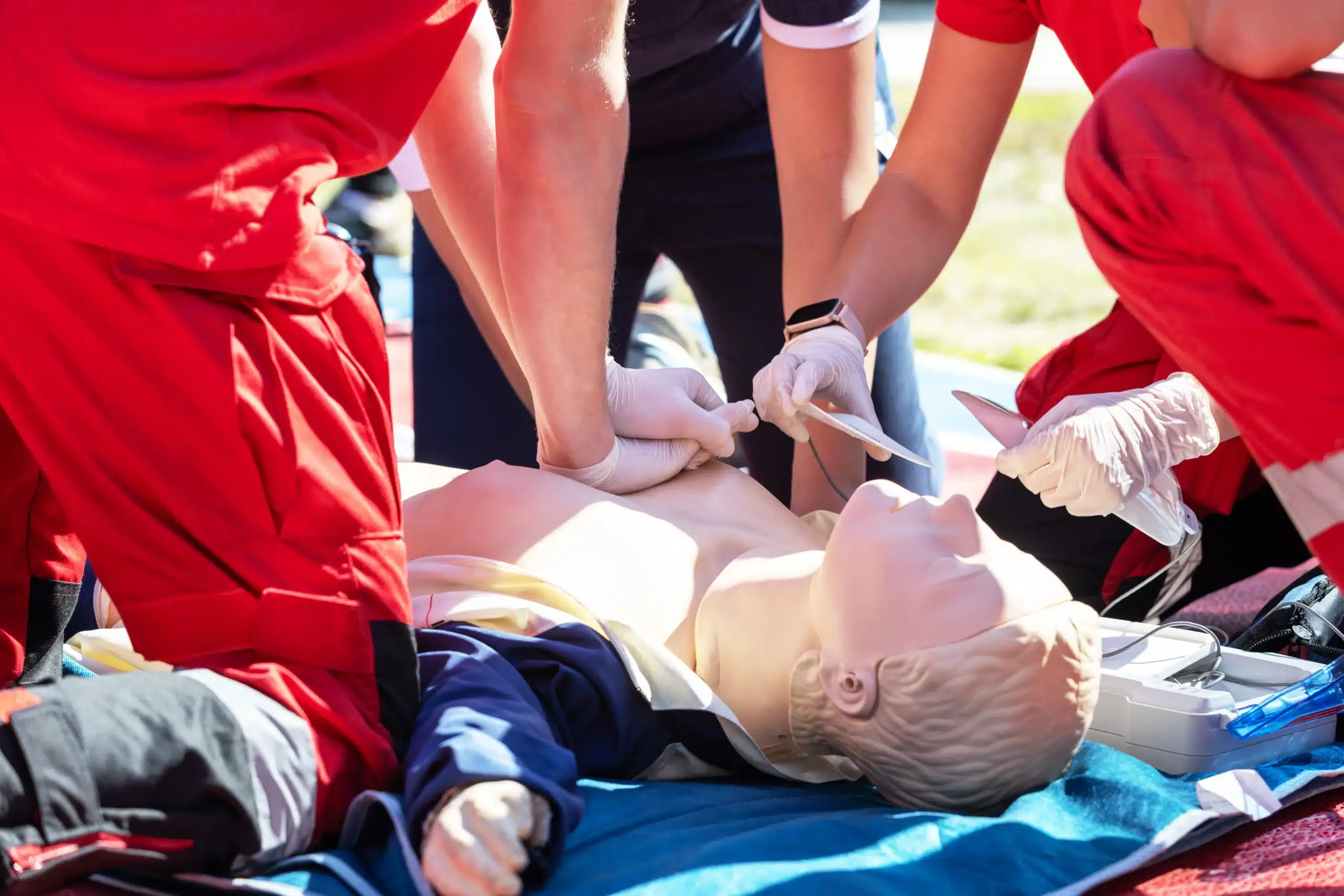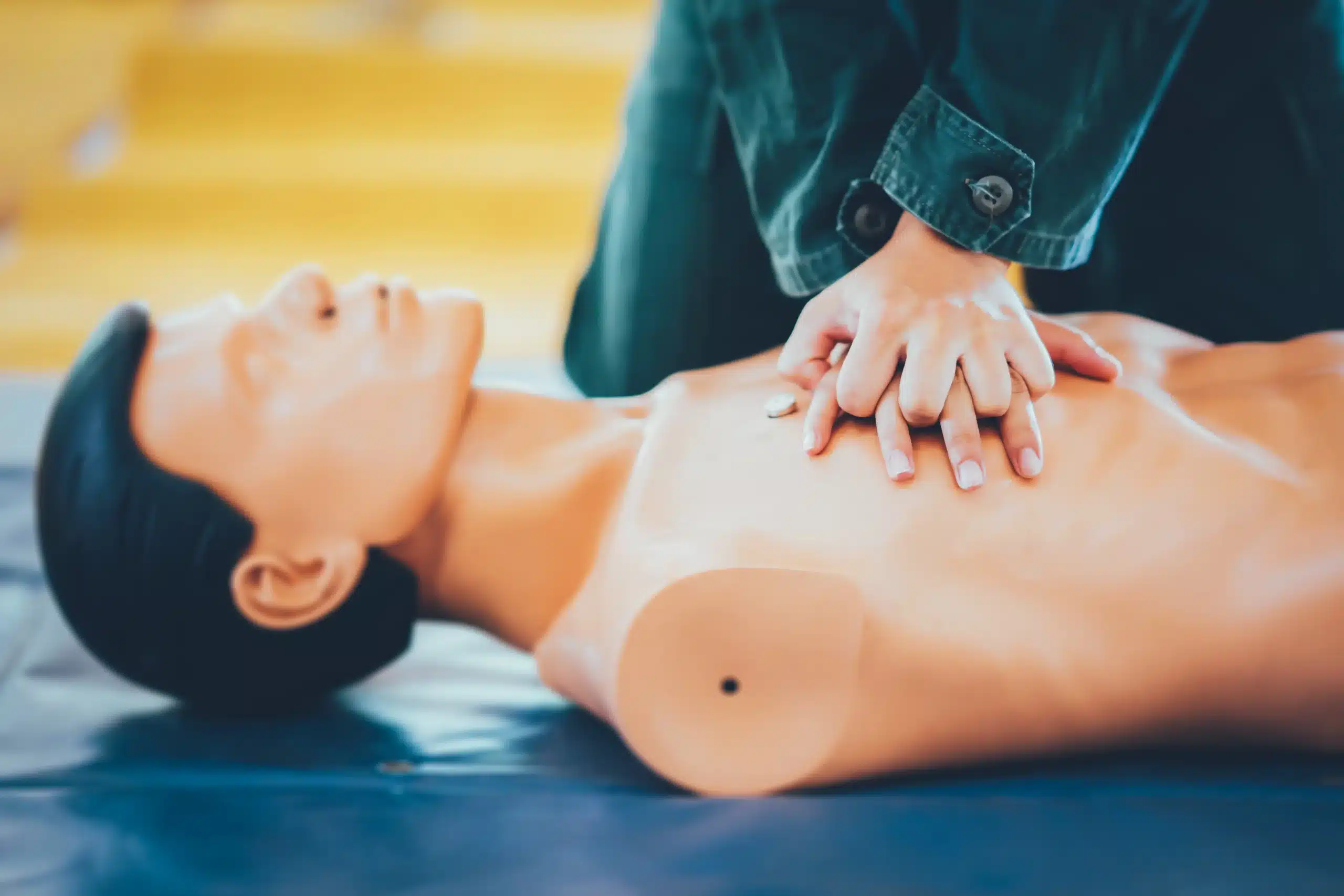Life is full of unexpected moments, and sometimes, those moments require quick thinking and decisive action. Knowing how to administer adult and pediatric first aid/CPR/AED can transform you from a bystander into a potential lifesaver. This comprehensive training equips you with the skills to handle a wide range of emergencies, from minor injuries to life-threatening situations. Whether you’re a parent concerned about your child’s safety, a healthcare professional needing certification, or simply someone who wants to be prepared for anything, this guide is for you. We’ll explore the ins and outs of adult and pediatric first aid/CPR/AED training, including what to expect in a course, where to find certified training providers, and how to choose the right learning format for your lifestyle.
Key Takeaways
- Combined adult and pediatric first aid/CPR/AED training offers comprehensive preparedness: Learning to respond to emergencies for all ages streamlines your skillset and makes you a more versatile first responder in any situation.
- Select the right course format and provider based on your individual needs: Consider factors like your learning style, schedule, budget, and required certifications (basic or advanced) when making your decision. Look for courses offering hands-on practice and up-to-date training materials.
- Maintain your certification and keep your skills sharp: Regularly review what you’ve learned, consider refresher courses, and stay informed about updated guidelines. Continued practice ensures you can confidently and effectively use your skills when they matter most.
What are Adult & Pediatric First Aid/CPR/AED Courses?
Adult and Pediatric First Aid/CPR/AED courses equip you with the skills to respond to emergencies involving both adults and children. These comprehensive courses cover a wide range of situations, from minor injuries to life-threatening events. Let’s break down what you can expect.
Course Content
These courses blend first aid training with CPR and AED instruction. You’ll learn how to assess and address common first aid scenarios like burns, cuts, and sudden illnesses. The curriculum also includes recognizing and responding to cardiac and breathing emergencies in individuals of all ages. You’ll learn how to perform CPR and use an AED on adults (around 12 years and older) and pediatric patients (infants and children up to 12 years old). For a detailed overview of the course content, check out the American Red Cross resource.
Essential Skills You’ll Gain
Beyond the technical skills, these courses build your confidence in responding to emergencies. You’ll gain essential life-saving skills, empowering you to act quickly and effectively when every second counts. This training also often meets OSHA workplace requirements, making it valuable for various professional settings. Knowing how to administer CPR, use an AED, and provide first aid can make a real difference.
Why Combine Adult & Pediatric Training?
Combining adult and pediatric training in one course streamlines the learning process and makes you a more versatile responder. Whether you’re a parent, caregiver, or healthcare professional, you’ll be prepared to assist anyone who needs help, regardless of age. This combined approach is particularly beneficial for those working with diverse populations, from childcare providers to workplace first aid responders. The American Red Cross explains why this combined training is so valuable.
Where to Get Certified
Finding the right CPR and first aid certification course depends on your needs and location. Several respected organizations offer training programs, each with its own approach. Here’s a quick rundown to help you start your search:
American Heart Association (AHA)
The American Heart Association offers various CPR and first aid certifications, including the Heartsaver Pediatric First Aid CPR AED course. You can choose from in-person classes, blended learning (a mix of online modules and hands-on skills sessions), or online-only options for certain courses. They also offer supplemental materials to boost your knowledge.
American Red Cross
The American Red Cross offers a combined Adult and Pediatric First Aid/CPR/AED certification. This comprehensive course covers many emergencies, from burns and sudden illnesses to cardiac events, making it suitable for people who care for both children and adults.
Safety Training Seminars
Safety Training Seminars provides CPR and first aid certifications designed to meet industry requirements. Serving Sacramento, Roseville, and Rocklin, California, they offer courses in both English and Spanish. Check their website for their low price guarantee. They offer various courses, including BLS, ACLS, PALS, and RQI. They also offer EMSA Child Care Health & Safety training.
National Safety Council (NSC)
The National Safety Council focuses on workplace safety and community preparedness. Their CPR and first aid training programs equip people with the skills to respond effectively in emergencies.
St. John Ambulance
St. John Ambulance offers a wide selection of first aid and CPR courses, including options for adult, child, and infant care. Their training gives participants the confidence to handle various emergency situations.
Compare Courses & Formats
Online, Blended, or In-Person?
When choosing your CPR/AED/First Aid certification course, you’ll find a few different learning formats. Online, blended, and in-person classes each offer distinct advantages. Think about your learning style and schedule as you explore the options. Fully online courses offer maximum flexibility, allowing you to learn at your own pace from anywhere. Blended learning combines online learning with an in-person skills session. This popular format gives you the convenience of online study with the benefit of hands-on practice. The American Red Cross offers this blended learning style for their CPR/AED/First Aid certifications. Traditional in-person classes provide a structured learning environment and direct interaction with an instructor.
Certification: How Long is it Good For?
CPR and first-aid guidelines change periodically to reflect the latest medical research. Because of this, certifications typically expire. Most Adult and Pediatric First Aid/CPR/AED certifications are valid for two years, like those from the American Red Cross. Check with your certifying organization for specific renewal requirements. Staying current with your certification ensures you’re prepared to provide effective assistance in an emergency.
Costs & Value
Finding an affordable course shouldn’t mean sacrificing quality instruction. Many providers offer a range of course options at various price points. The American Red Cross, for example, has a variety of CPR courses and packages. Consider the value you’re getting—a certification represents an investment in life-saving skills. At Safety Training Seminars, we offer a low price guarantee for our courses in the Sacramento area.
Hands-on Practice & Equipment
Hands-on practice is essential for developing the muscle memory and confidence you’ll need to perform CPR or first aid effectively. Blended learning courses often incorporate in-person skills sessions, while traditional in-person classes are built around hands-on training. The American Red Cross emphasizes hands-on skills and real-world scenarios in their training. Make sure the course you choose includes practice with essential equipment like AEDs and mannequins. This comprehensive approach prepares you to respond confidently in real-world situations.
Find the Right Course
Choosing the right CPR and first-aid certification course is an important decision. It’s about finding the best fit for your specific needs and learning style. This section will guide you through key factors to consider.
What Do You Need?
First, think about why you’re seeking certification. Are you required to have it for your job, or are you pursuing it for personal reasons? Do you need adult, child, and infant CPR training? Different workplaces and personal situations have different requirements. For instance, healthcare providers and childcare professionals often need more comprehensive training than someone who wants basic CPR knowledge for emergencies at home. If you work with children, make sure your course covers pediatric first aid and CPR. The Adult and Pediatric First Aid/CPR/AED course from the American Red Cross covers a range of emergencies, from burns and cuts to cardiac events, for both adults and children. At Safety Training Seminars, we offer a variety of courses including CPR/AED/First Aid for those needing a basic certification.
Course Features & Benefits
Once you know what you need, look at specific course features. Do you prefer online learning, in-person classes, or a blended approach? Blended learning, like the one offered by the American Red Cross for their Adult and Pediatric First Aid/CPR/AED course, combines online instruction with in-person skills sessions. This format offers flexibility while still providing hands-on practice. Consider the course length and schedule. How much time can you commit? Also, check if the course includes certification upon completion and how long that certification is valid for. Our low price guarantee ensures you get the best value for your training.
Reviews & Testimonials
Before committing to a course, see what other students are saying. Reading reviews and testimonials can give you valuable insights into the quality of instruction, course materials, and the overall learning experience. Look for feedback that mentions the instructors’ expertise, the helpfulness of the course content, and the effectiveness of the hands-on training.
Industry Requirements
Finally, be aware of any industry-specific requirements. Some professions, like healthcare and childcare, have mandatory training standards. Ensure the course you choose meets OSHA workplace requirements or other regulatory standards for your field. This is crucial for ensuring your certification is valid and recognized by your employer. For example, the American Red Cross offers courses specifically designed to meet these requirements. Safety Training Seminars offers courses like EMSA Child Care Health & Safety designed for childcare providers. We also offer advanced certifications like ACLS and PALS for healthcare professionals.
Make the Most of Your Training
Getting certified in Adult and Pediatric First Aid/CPR/AED is a significant step. Here’s how to make the most of your training and ensure your skills are always ready when you need them:
Prepare for Class
Preparation is key for a smooth learning experience. Some courses, like the American Red Cross Adult and Pediatric First Aid/CPR/AED-BL program, may require online pre-coursework. Make sure you complete this on a computer or tablet with a reliable internet connection before your in-person class. This allows you to focus on hands-on skills practice during class time. Arriving prepared also helps you feel confident and ready to absorb the information.
Remember What You Learned
After your training, take time to review the material. Think about how you might respond in different emergency scenarios. Sharing your experience with friends and family can also reinforce what you’ve learned. Discussing the training with others can help solidify the information and even empower them to consider getting certified. Reading feedback and testimonials from other participants can offer valuable insights and reinforce key takeaways.
Use Your Skills
Your certification equips you to be a vital resource in emergencies. Look for opportunities to practice your skills, like volunteering at community events or becoming a designated first aid responder at your workplace. Regularly reviewing the material and visualizing yourself using these skills can build your confidence and improve your response time in a real emergency. This training empowers you to make a real difference, potentially saving lives, as highlighted by resources like Attentive Safety.
Stay Up-to-Date
Maintaining your skills is crucial. Recertification is required every two years, but don’t wait until then to refresh your knowledge. Consider periodic practice sessions or refresher courses. Stay informed about any updates to guidelines and best practices by subscribing to relevant organizations or checking resources like Occupational Health and Safety Education for ongoing assessment tips. This ensures your skills remain sharp and you’re always prepared to provide effective assistance.
Related Articles
- Pediatric CPR & First-Aid Training in Sacramento – Sacramento CPR Classes
- Heartsaver CPR: Your Guide to Getting Certified – Sacramento CPR Classes
- First Aid Training in Roseville: A Complete Guide – Sacramento CPR Classes
- First Aid Training Sacramento: A Comprehensive Guide – Sacramento CPR Classes
- CPR Classes in Sacramento: The Complete Guide – Sacramento CPR Classes
Frequently Asked Questions
What’s the difference between adult and pediatric CPR?
Adult and pediatric CPR share the same core principles but differ in technique due to variations in body size and physiology. Pediatric CPR often involves modified hand placements and rescue breath techniques adapted for infants and children. Specific training in both adult and pediatric CPR ensures you can respond effectively to emergencies involving individuals of any age.
How often do I need to renew my CPR and first aid certification?
CPR and first aid guidelines are updated regularly to reflect advances in medical knowledge and best practices. Most certifications, including those for adult and pediatric first aid/CPR/AED, are valid for two years. Renewing your certification ensures you stay up-to-date with the latest life-saving techniques and maintain your skills.
What if I forget what I learned after taking the course?
It’s normal to feel a little unsure after completing your training. Regularly reviewing the course materials, even briefly, can significantly reinforce your knowledge. Consider practicing key skills with a friend or family member and discussing different emergency scenarios. Many organizations also offer refresher courses to help you maintain your confidence and skills.
Which certification is right for me?
The best certification depends on your individual needs and circumstances. If you’re seeking certification for your job, check with your employer for specific requirements. If you’re getting certified for personal reasons, consider your lifestyle and the people you interact with regularly. A combined adult and pediatric first aid/CPR/AED certification is a versatile option that prepares you to assist people of all ages.
What does “blended learning” mean for CPR and first aid courses?
Blended learning combines the flexibility of online learning with the benefits of hands-on practice. Typically, you’ll complete the theoretical portion of the course online at your own pace. Then, you’ll attend an in-person skills session to practice techniques and receive feedback from a certified instructor. This format offers a convenient and effective way to gain the knowledge and confidence you need to respond to emergencies.


